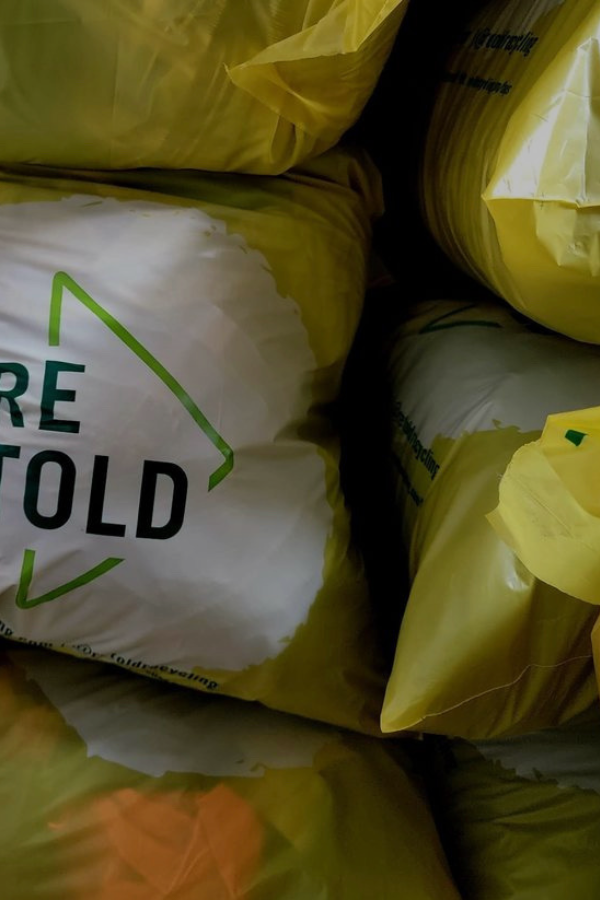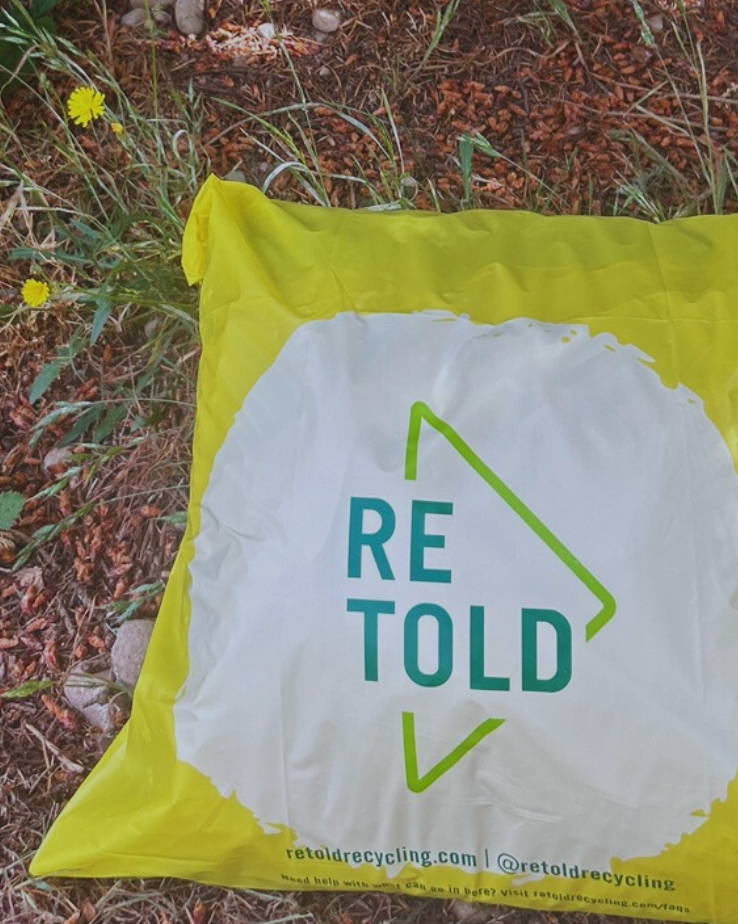
Written by: Andrew Trumble
Ultra Fast Fashion and Haul Culture
From fast to ultra-fast: how trend chasing became an environmental disaster
Fast fashion: ushered in during the 1990s by brands such as Zara, H&M, and Topshop, it meant affordable “look-alike” items inspired by the latest catwalk trends. The appeal to shoppers was obvious, and fast-fashion houses became hugely profitable. However, from an environmental perspective, fast fashion kicked off an era of excessive production, consumption and waste.
A generation on, how we do fashion has suddenly shifted again. With the rise of social media, it's no longer catwalks that are driving trends. Instead it's a whole universe of online influencers. Today, fashion trend cycles are no longer just shortened, but are being constantly updated. Unfortunately, this phenomenon has given rise to a new breed of fashion house that is taking the wastefulness of fast-fashion and turbocharging it. The name of this new game? Ultra-fast fashion.
Perhaps the most prominent ultra-fast fashion player is the Chinese firm Shein. Functioning like an online marketplace, the company brings together roughly six thousand Chinese clothing factories under its own proprietary label. It produces huge numbers of low-cost, disposable items that tap into social-media micro-trends, and by doing so has become an economic powerhouse. Shipping to more than 150 countries, it recently overtook the likes of Zara to become the world’s most popular fashion label, ending 2022 with an incredible $100 billion in sales.

In addition to taking design cues from influencers, Shein also taps influencers to advertise its products. Indeed, so-called ‘Shein haul’ videos have become a social media staple. Influencers will typically start by displaying their newly arrived Shein box and spruiking its low cost. Then, in a ‘making it rain’ style maneuver, they’ll tip out the contents, and express joy at the vast number of clothes they’ve obtained. The message is clear for the viewer: you can have this too! The problem of course is that these aren’t investment pieces. Rather, they're disposable, low-cost facsimiles designed to tide you over until the next micro-trend comes in. Once it does, you can bet the previous hauls will be headed for the trash.
Our acceleration from fast to ultra-fast fashion is being borne out by statistics. Indeed, it is estimated that in the 15 years to 2021 the number of times a garment was worn by consumers declined 36%. This of course means more clothes clogging up landfills. And while one might have assumed that ultra-fast fashion was just a Gen-Z phenomenon, this seems not to be the case: A recent study revealed that the average American Shein shopper is in fact 35-years-old, and, ironically, makes above-average claims about their sensitivity to the environment. If this is true, it would seem that ultra-fast fashion is a guilty habit for many shoppers. For the sake of the environment, it’s one we all need to quit.







